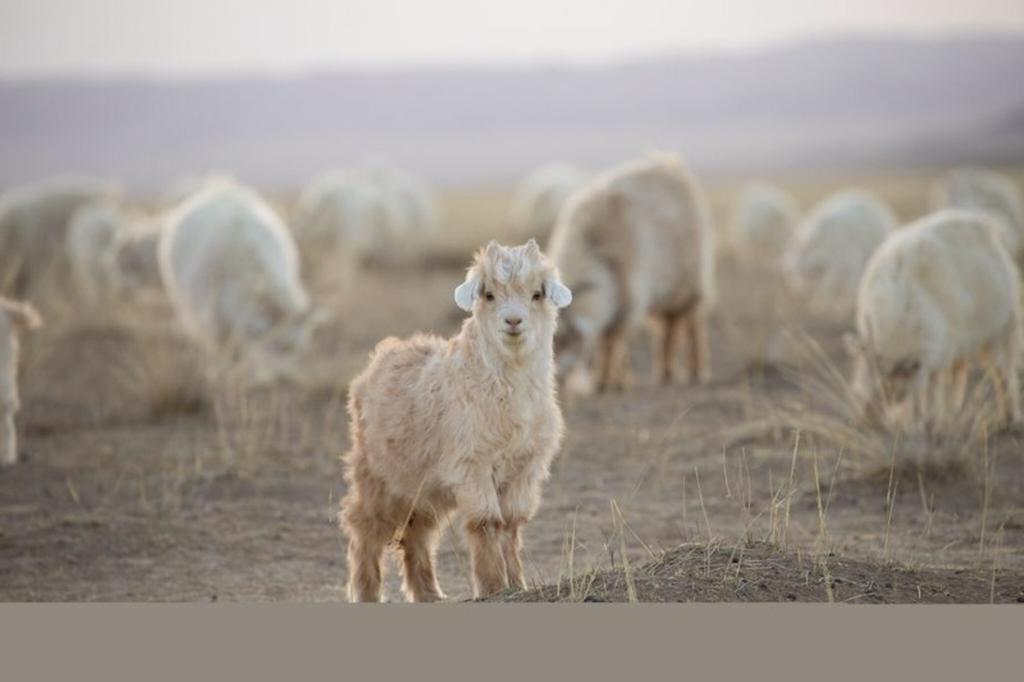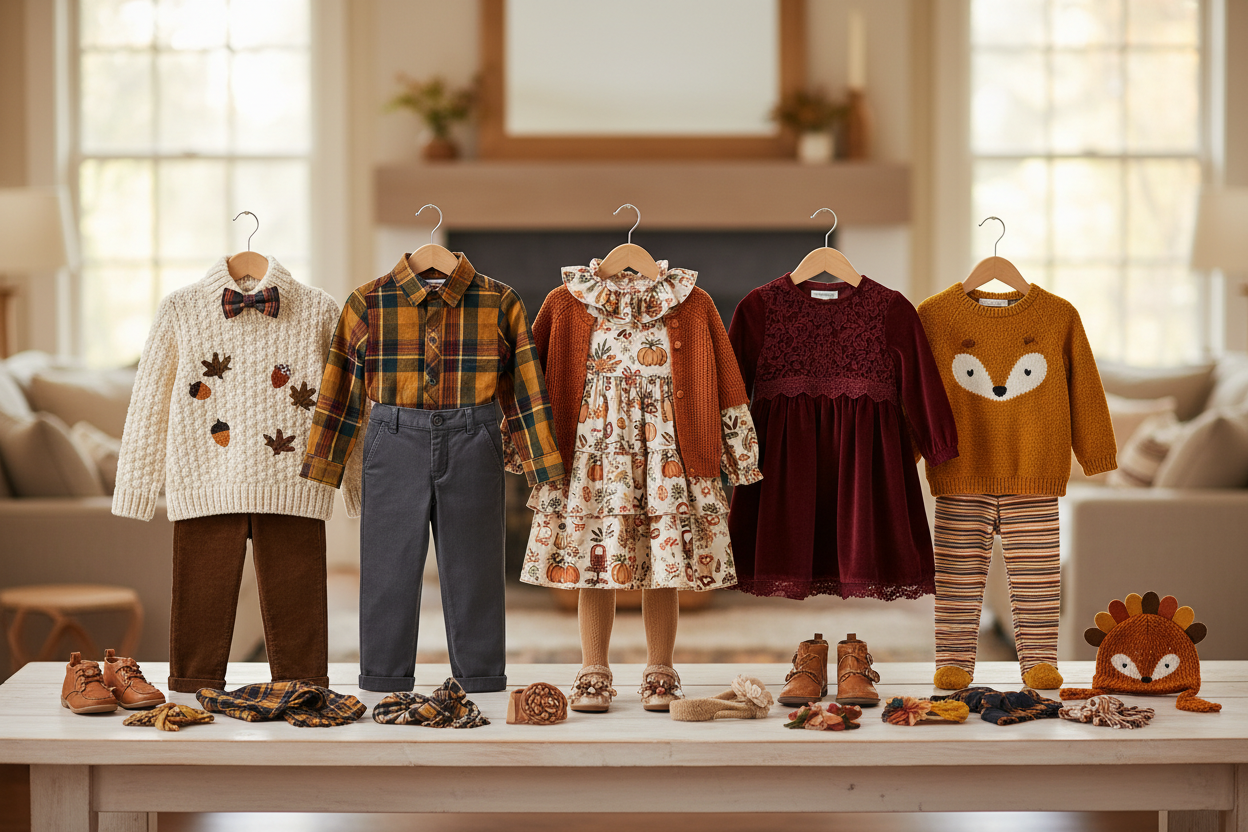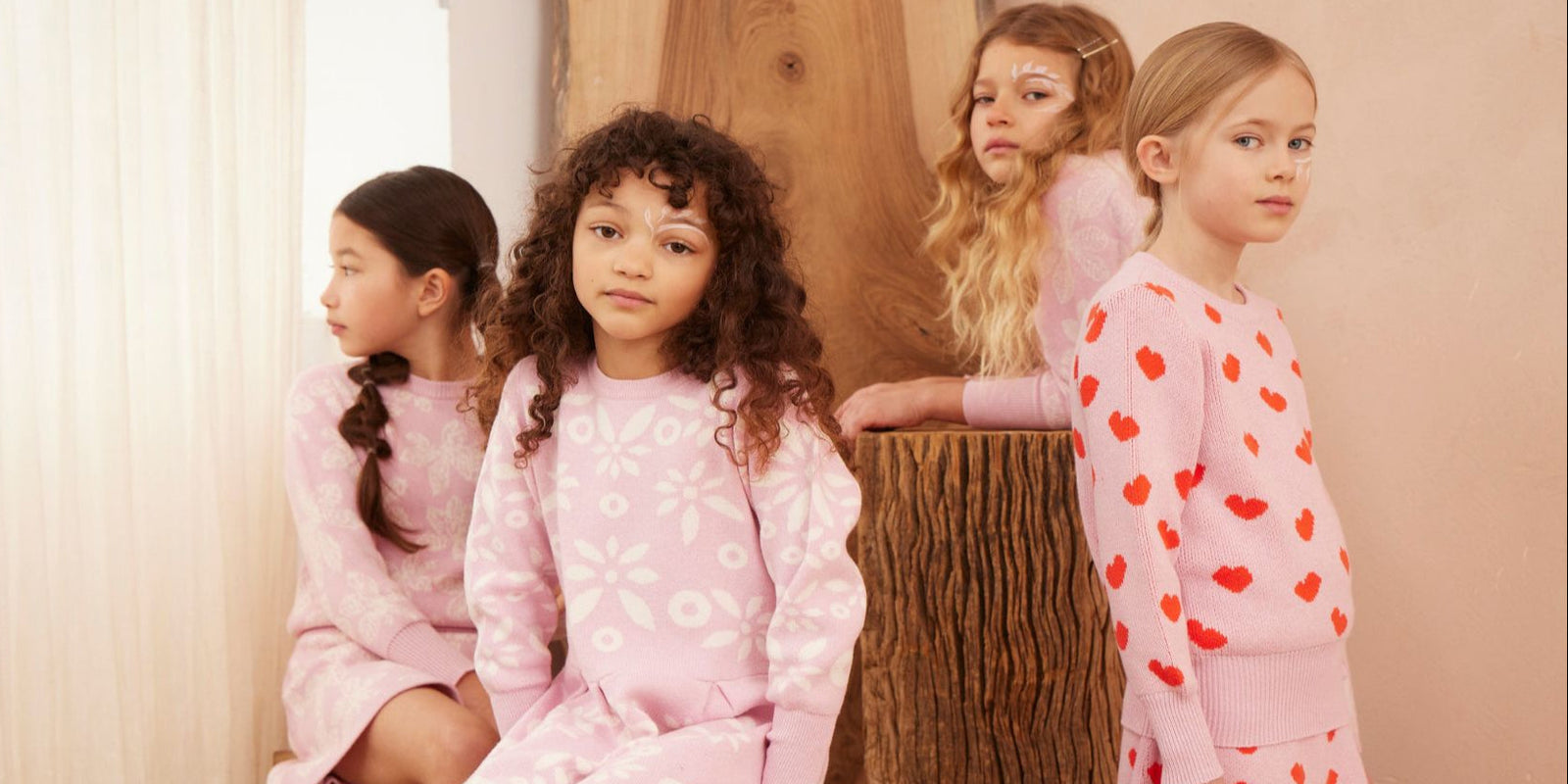Why is that one cashmere jumper can cost as much as $2,000 from top tier fashion labels such as Loro Piana, whilst a couple of doors down at Zara, you can pick up another one up for as little as $50?
Made from the fine inner coat of cashmere goats, this most precious of fibres was one reserved by the wealthy few such as Napoleon Bonaparte’s wife. However, over the past two decades, its cachet has skyrocketed and cheaper garments flooded the market.
Nearly $1.4 billion of cashmere garments were exported globally in 2016, up from $1.2 billion in 2010. That's nearly 5 million kilograms worth of pullovers, cardigans, and other tops. Now it’s seemingly everywhere, at every price point.
So what makes one jumper better than another? Well, the price all depends on the quality of the yarn, where the garment was manufactured, the number of units purchased by the brand, and the markup.
The quality of the raw material often matters most. Lengthier cashmere fibers maintain their integrity for a longer time, allowing garments to retain their structure. Pilling — the small balls that form on the fabric as it chafes — is more common in garments made of shorter cashmere strands. These days, manufacturers frequently make the clothes out of a mix of lengths to balance quality with cost.
Also, did you know that One Cashmere Goat only produces enough yarn to produce One Cashmere Jumper a year. So, in order to keep up with Breakneck Demand for this highly sought after material, Herders have been interbreeding their Goats with Coarser haired goats in order to produce more yarn. The result: thicker, coarser more waxy cashmere which isn't as Soft & Breathable as Cashmere ought to be. It probably won't stand the test of time either, meaning that your high street cashmere jumper may find itself in the bin after just one season.
The thickness of the yarn used for the fabric determines its durability. So-called single-ply yarn is the weakest and can quickly lead to holes in a favorite sweater. Higher-quality cashmere pieces are typically two or three strands thick.
Blended cashmere jumpers available at most retailers these days, can contain varying quantities of the fabric. And, in some cases, they can contain as little as 5 percent of the garment is made of cashmere. Nevertheless, the market is still marketed as a “cashmere-blend.”
And, sometimes even fake cashmere makes it to store shelves, but instead of cashmere they contain wool, viscose rayon, and acrylic — and possibly even rat fur.
As a Consumer, it's easy to spot the difference: you simply hand feel it. Is is soft and smooth to the touch, or is it a little bit scratchy?
Top Grade White Haired Cashmere is noticeable Softer as the Diameter of each Yarn is only 14-16 microns. So next time you decide to invest in a cashmere jumper, it is important to keep this in mind. High quality cashmere should be able to stand the test of time so that it can be handed down from Sibling to Sibling, and then of course Generation to Generation.





